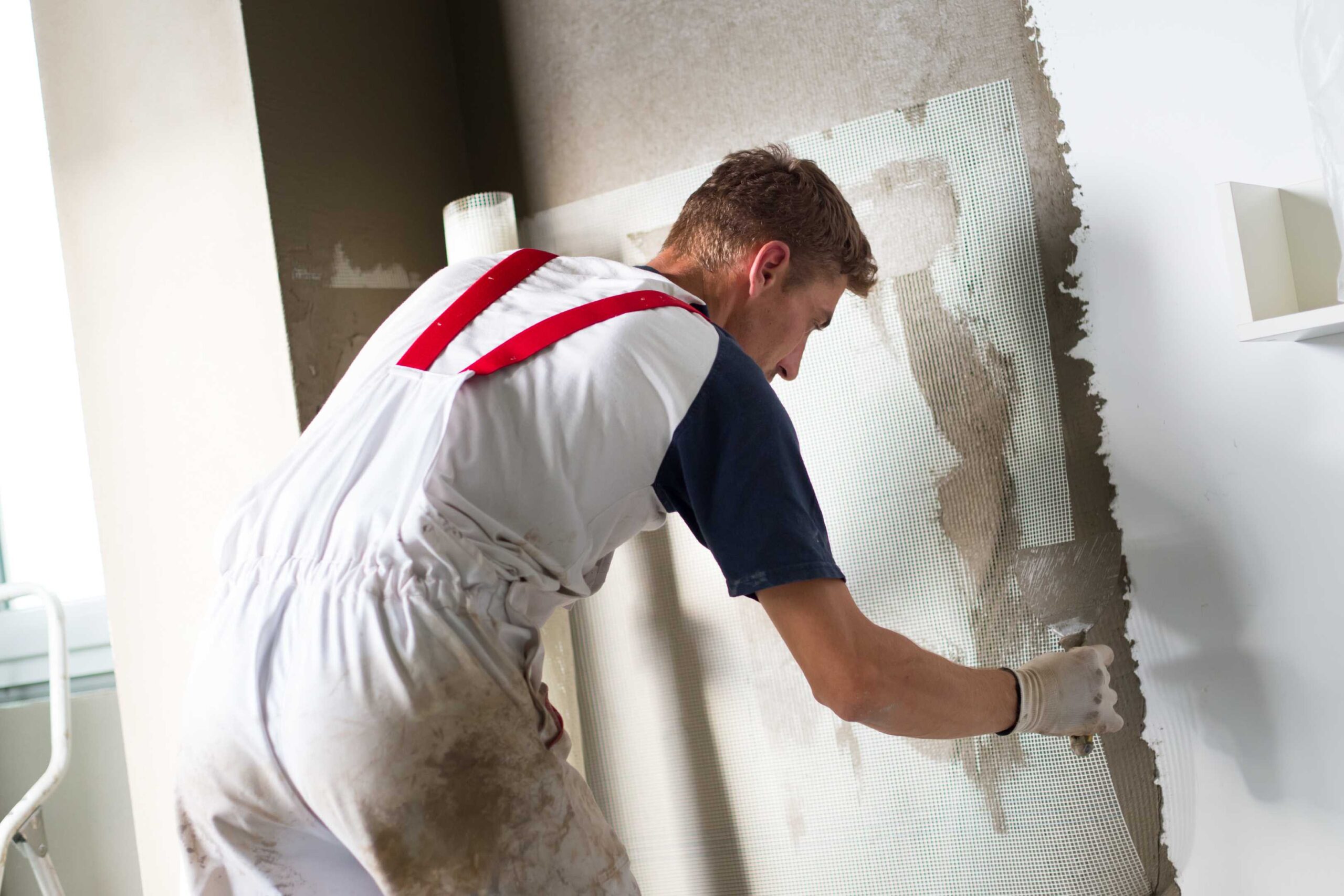There are a few ways to tell if a wall needs plastering. One way is to look for flaking paint or cracks. If a wall has flaking color, it is likely made of plaster. If it doesn’t, it is probably drywall.
The plaster will decompose if it is exposed to water. White cement, on the other hand, won’t deteriorate with water. The downside to white glue is that you can’t sand it after it sets. However, if the room is prone to moisture, it’s probably best to go with stucco.
To start plastering, you’ll need to mix it well. This is a complicated process that’s usually best left to professionals. However, with a bit of guidance and time, homeowners can perform it themselves. Make sure to start with a fresh batch of plaster. Then, use a trowel to spread it out evenly. Once the application is even, you’ll be ready to apply wallpaper or paint.
Before applying the plaster, ensure the surface is dry and clean. Make sure you clean the wall thoroughly so the plaster can adhere to it. It would help if you also cleaned the work area. Any tarnish, oil, or soap will prevent the plaster from adhering correctly. In addition, a wall that’s too dry will cause the plaster to set prematurely.
If a hole is large enough to warrant patching, you may need to remove all three layers of plaster and replace the lath. This requires removing the old plaster and removing the loose strip. It would help if you also used a bonding agent to strengthen the patch. Alternatively, you can install expanded metal lath and use lath nails. However, be sure to ask a structural engineer before doing this.
Pushpins are one way to tell if a wall needs plastering. A pushpin can penetrate drywall, while the plaster is much more complicated. You should use toggle bolts if you’re trying to put a heavy item into plaster. Remember that using nails will damage the plaster, so drill the holes carefully.
Read more: Plasterers Auckland
Plastering is a skillful trade that takes years to learn. It requires special tools and training. Although you can do minor repairs yourself, most plaster repairs will need the help of a plasterer. Plastering is a good idea if you’re planning to renovate your home.
Before you apply plaster, you should use a primer. It will prevent stains. After applying a primer, it’s essential to let it dry before applying a topcoat. A primer will also help protect your home from the fumes caused by a coat.
Plastering is the most labor-intensive of wall treatments. It involves nailing wood lath to studs and applying several coats of plaster. This method was used in most homes before World War II.
